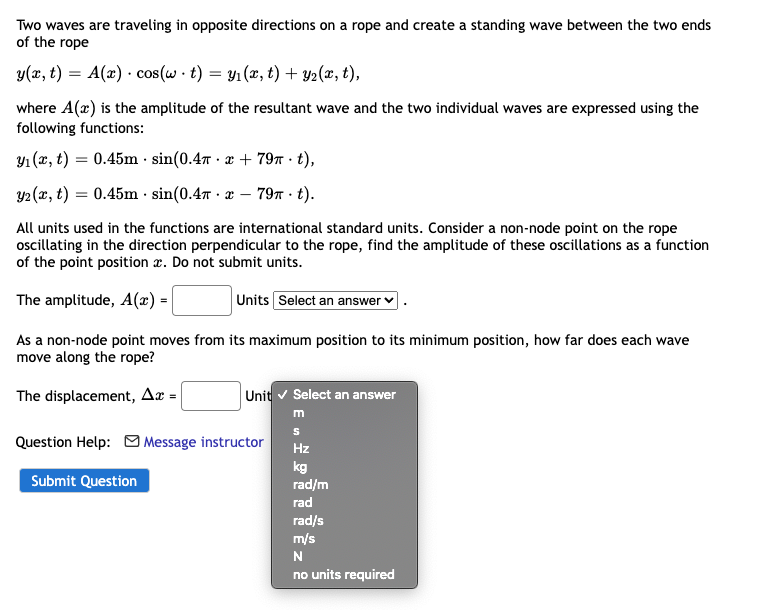Answered step by step
Verified Expert Solution
Question
1 Approved Answer
Please note, Keyboard Sensitive system. Include a clear detailed solution with the formulas used in each step. Make sure each answer is accurate and provide
Please note, Keyboard Sensitive system.
Include a clear detailed solution with the formulas used in each step.
Make sure each answer is accurate and provide each in BOTH standard form and in scientific notation as well.

Step by Step Solution
There are 3 Steps involved in it
Step: 1

Get Instant Access to Expert-Tailored Solutions
See step-by-step solutions with expert insights and AI powered tools for academic success
Step: 2

Step: 3

Ace Your Homework with AI
Get the answers you need in no time with our AI-driven, step-by-step assistance
Get Started


